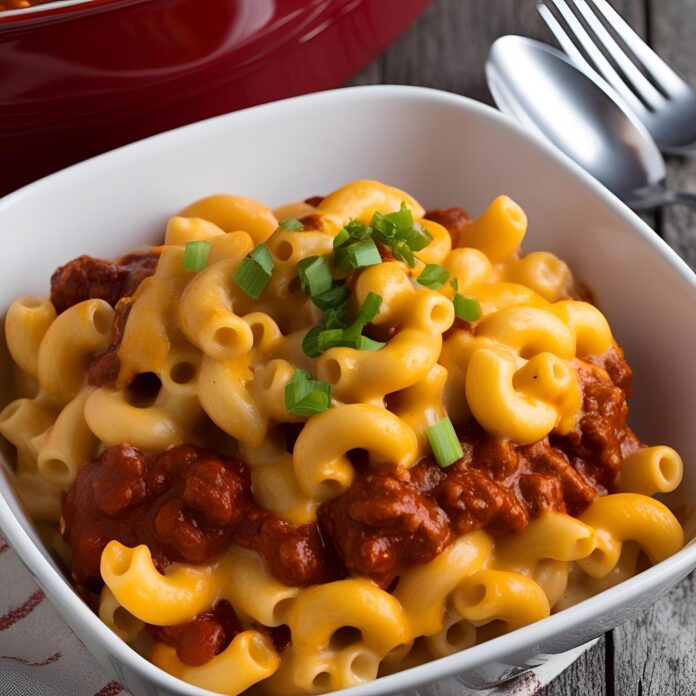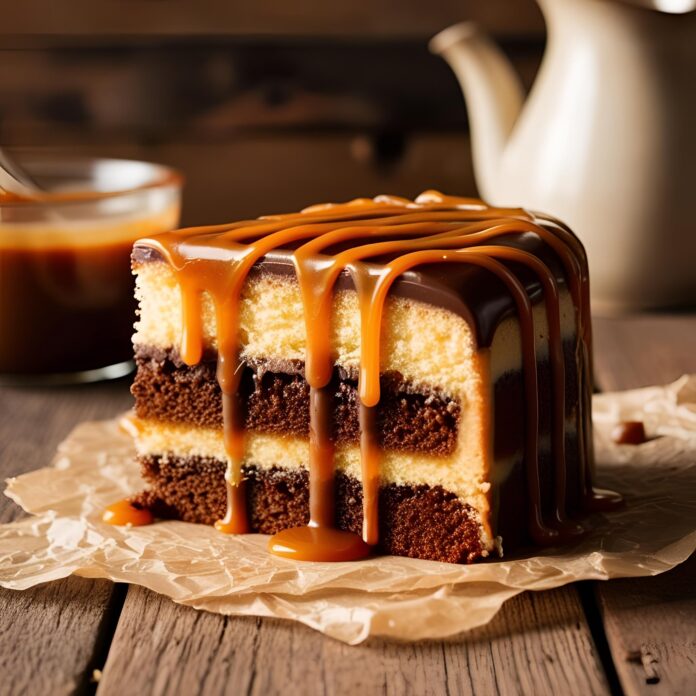Garlic and Rosemary Beef Recipe
Few dishes embody comfort, elegance, and depth of flavor quite like garlic and rosemary beef. Whether served at a festive gathering, a romantic dinner, or a quiet family meal, this timeless combination of savory beef, aromatic garlic, and fragrant rosemary transcends culinary trends and speaks to a universal appreciation for hearty, well-prepared food. Across cultures and generations, these ingredients have earned their place as staples in both home kitchens and fine dining establishments. The simplicity of the dish, when executed with care and quality ingredients, yields a result that is rich in taste, deeply satisfying, and remarkably memorable.

Garlic and rosemary are two of the most iconic components of Mediterranean cuisine, often used to enhance the natural flavors of meat, poultry, and vegetables. Their synergy with beef is particularly noteworthy. Garlic, with its bold and slightly sweet pungency, infuses the meat with complexity as it roasts, while rosemary offers a woodsy, slightly peppery fragrance that cuts through the richness of the beef and provides balance. Together, they transform a humble cut of meat into something exceptional.
The enduring popularity of garlic and rosemary beef can also be attributed to its adaptability. This dish can be tailored to suit a wide variety of preferences and occasions. From slow-roasted roasts designed to feed a crowd to pan-seared steaks cooked to individual perfection, the techniques and cuts used may vary, but the core flavor profile remains unchanged—distinctly aromatic, robust, and deeply comforting. It is a dish that invites experimentation while rewarding tradition, making it an ideal canvas for both novice home cooks and seasoned chefs alike.
In this recipe guide, we’ll take a deep dive into the world of garlic and rosemary beef, beginning with an exploration of its history and cultural significance. We’ll then move into a comprehensive guide on ingredient selection, including choosing the best cuts of beef, sourcing fresh herbs, and selecting complementary flavor additions. From there, we’ll cover preparation methods, including marinating, seasoning, and cooking techniques ranging from roasting and grilling to sous vide. Along the way, we’ll explore tips for achieving the perfect crust, retaining moisture, and ensuring that the final dish delivers both in texture and taste.
The purpose of this article is not merely to share a recipe but to provide a holistic culinary experience. Whether you’re preparing a Sunday roast or crafting a signature dish for a dinner party, understanding the foundations of flavor, technique, and presentation can elevate your cooking from routine to remarkable. We’ll also delve into ideal side dishes, wine pairings, and variations that accommodate dietary needs or regional influences, ensuring that this recipe is as versatile as it is delicious.
Ultimately, garlic and rosemary beef is more than just a meal—it’s a celebration of culinary heritage, a testament to the power of simple ingredients, and a reminder that the best dishes are often the ones made with care, patience, and intention. As you embark on this cooking journey, may the warmth and richness of this classic dish bring both nourishment and joy to your table.
History and Cultural Significance
The story of garlic and rosemary beef is rooted in the evolution of meat preparation throughout human history, with strong ties to Mediterranean cuisine and the traditions of agrarian societies that relied on local, seasonal ingredients. The marriage of garlic and rosemary with beef is not merely a flavorful choice—it is a culinary union born from centuries of agricultural practice, preservation methods, and an innate understanding of how herbs and spices interact with meat to enhance its taste and shelf life.
Origins of Garlic and Rosemary in Cooking
Garlic and rosemary have long been staples in Mediterranean and Middle Eastern cooking. Garlic has been cultivated for over 5,000 years, with its origins tracing back to Central Asia. It was prized in ancient Egypt, where it was used both as food and medicine. Garlic cloves were even found in the tomb of Tutankhamun, suggesting its value in ancient society. Ancient Greek and Roman soldiers consumed garlic for its supposed strength-enhancing properties, and it became a fixture in the diets of farmers and laborers across Europe and Asia.
Rosemary, meanwhile, is native to the Mediterranean basin and has been revered since antiquity for both its culinary and medicinal properties. The Romans considered rosemary a symbol of remembrance and fidelity. It was frequently used in religious ceremonies and weddings, as well as in cooking. Rosemary’s robust flavor and its natural preservative qualities made it an ideal herb to accompany meat, especially in an era before refrigeration.
As trade routes expanded and culinary traditions traveled with explorers, invaders, and immigrants, the combination of garlic and rosemary became increasingly popular across European and Mediterranean regions. These herbs complemented the rich, hearty flavors of roasted meats and were especially favored in pastoral societies where sheep and cattle were common livestock. The practice of marinating meat in garlic and herbs before roasting or grilling became widespread, not only for flavor enhancement but also for the practical purpose of tenderizing tougher cuts of meat.
The Role of Beef in Traditional Diets
Beef, as a primary protein source, has been a culinary mainstay in many parts of the world, particularly in Europe and the Americas. In medieval Europe, beef was commonly consumed by the nobility and working class alike, though the quality and preparation varied by social status. Roasting beef over an open flame or in a stone oven was one of the earliest methods of cooking, and it naturally lent itself to the incorporation of herbs like rosemary and flavorings like garlic, which could mask any gaminess and bring out the beef’s natural savoriness.
In countries like Italy, France, and Spain, beef dishes seasoned with garlic and herbs have long featured in both peasant and aristocratic fare. Italian “arrosto di manzo” (roast beef) and French “rosbif” (roast beef) often include garlic cloves inserted directly into the meat and are seasoned with a generous amount of rosemary or thyme. In Spanish cuisine, beef is commonly marinated in olive oil, garlic, rosemary, and paprika, showcasing the herbaceous and spicy profiles that characterize Iberian cooking.
The combination became especially revered during the Renaissance period, when culinary arts flourished and the importance of balancing flavors came into greater focus. Cooks began to experiment with marinades, crusts, and sauces, discovering that rosemary and garlic could both elevate and harmonize the boldness of beef.
Garlic and Rosemary Beef in Modern Times
Today, garlic and rosemary beef remains a popular dish around the world, embraced by both traditional and contemporary chefs. In the United States, the dish is frequently featured in holiday meals and Sunday roasts, often accompanied by mashed potatoes, roasted vegetables, or Yorkshire pudding. In the UK, garlic and rosemary are essential to many beef roast recipes, especially during festive seasons. In Australia and New Zealand, where grilling and barbecuing are integral to the culinary culture, garlic and rosemary marinades are used to prepare everything from rib-eye steaks to whole beef roasts on the grill.
Moreover, with the global emphasis on clean, simple, and natural foods, the appeal of using herbs like rosemary and garlic to enhance meat without relying on artificial additives has grown significantly. These herbs not only provide robust flavor but are also celebrated for their health benefits—garlic is known for its antimicrobial and cardiovascular properties, while rosemary contains antioxidants and anti-inflammatory compounds.
Modern variations also reflect culinary innovation: chefs may pair garlic and rosemary beef with reductions of red wine or balsamic vinegar, add a crust of mustard and breadcrumbs, or incorporate sous vide techniques for precision cooking. The essence, however, remains unchanged—the savory, aromatic, and timeless fusion of beef with garlic and rosemary.
Garlic and Rosemary Beef Recipe
Few dishes embody comfort, elegance, and depth of flavor quite like garlic and rosemary beef. Whether served at a festive gathering, a romantic dinner, or a quiet family meal, this timeless combination of savory beef, aromatic garlic, and fragrant rosemary transcends culinary trends and speaks to a universal appreciation for hearty, well-prepared food. Across cultures and generations, these ingredients have earned their place as staples in both home kitchens and fine dining establishments. The simplicity of the dish, when executed with care and quality ingredients, yields a result that is rich in taste, deeply satisfying, and remarkably memorable.
Ingredients
- 1.5 to 2 pounds beef (ribeye, sirloin, or tenderloin)
- 4 cloves garlic, minced or smashed
- 2 tablespoons fresh rosemary, chopped (or 2 teaspoons dried rosemary)
- 2 tablespoons olive oil
- 1 tablespoon butter (optional, for extra richness)
- Salt and freshly ground black pepper, to taste
- Optional: 1 tablespoon balsamic vinegar or red wine (for deglazing the pan)
Instructions
- Prepare the Beef:
Pat the beef dry with paper towels.
Season generously with salt and pepper on all sides. - Marinate (optional but recommended for deeper flavor):
In a small bowl, mix garlic, rosemary, and olive oil.
Rub this mixture all over the beef.
Cover and let marinate for at least 30 minutes (or up to 12 hours in the fridge). Bring to room temperature before cooking. - Sear the Beef:
Heat a heavy skillet or cast-iron pan over medium-high heat.
Add a bit of oil and sear the beef for 3–5 minutes per side (depending on thickness) until a golden crust forms. - Finish Cooking:
Lower the heat slightly. Add butter and baste the beef with the melted butter and juices for 1–2 minutes.
If cooking a thick cut or a roast, you can transfer the skillet to a preheated oven (375°F / 190°C) and roast until the internal temperature reaches:
125°F (52°C) for rare
135°F (57°C) for medium-rare
145°F (63°C) for medium - Rest:
Transfer beef to a plate or cutting board and let it rest for 5–10 minutes before slicing to retain juices. - Optional Sauce:
Deglaze the pan with a splash of balsamic vinegar or red wine.
Scrape up browned bits and simmer for 1–2 minutes. Drizzle over sliced beef.
Notes
- Best cuts for this recipe include ribeye, NY strip, tenderloin, or a small roast like tri-tip.
- For grilling, follow the same marinade and timing approach, using indirect heat to finish thicker cuts.
- If you like your beef more garlicky, consider adding thin garlic slices to the pan in the last few minutes of cooking.



